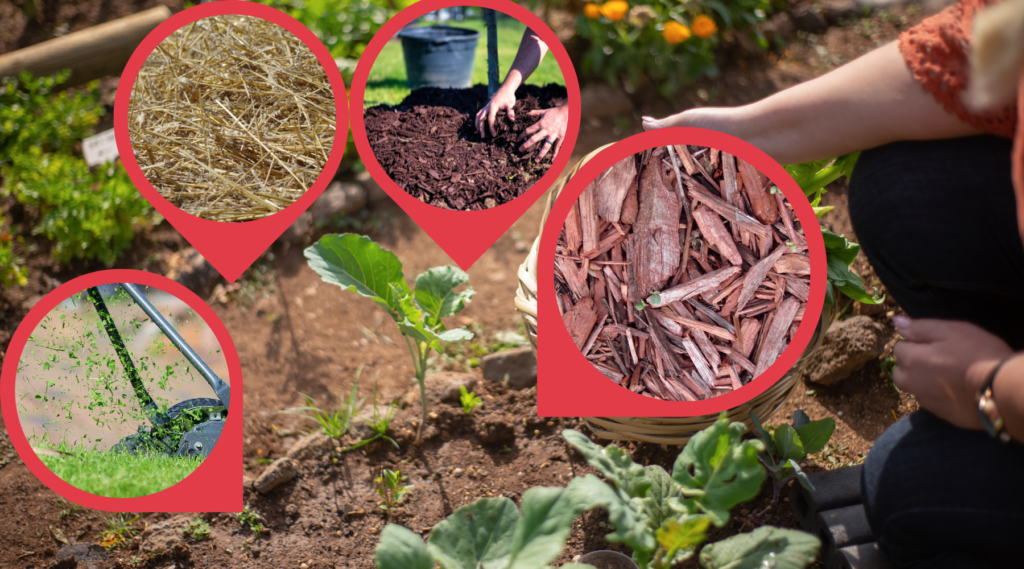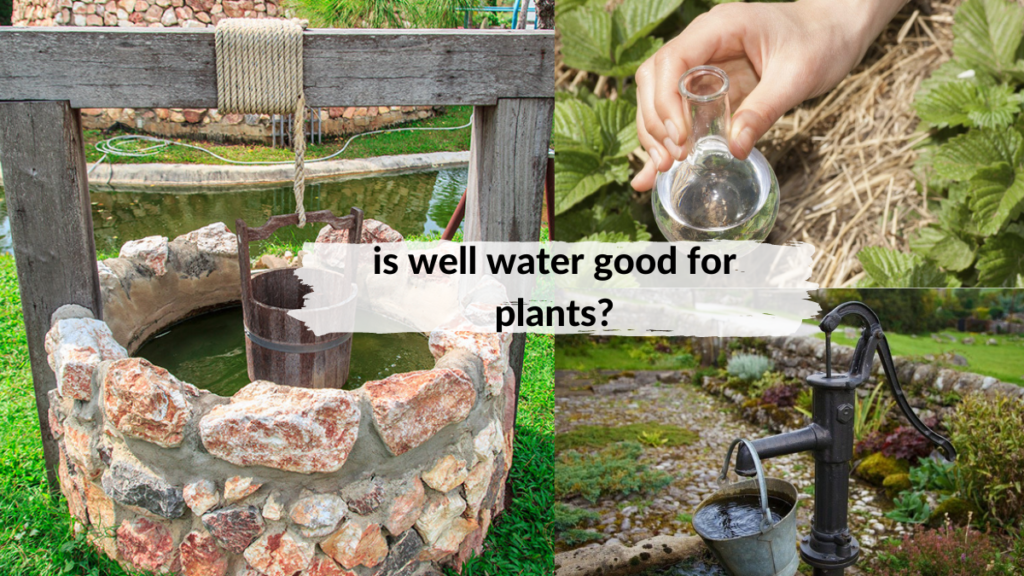Spider mites are among the common pests found in both outdoor plants and houseplants. Spider mite damage not only makes any plant look unattractive, but it can also kill the plant eventually. It is highly recommended that a spider mite treatment is used on an affected plant to keep it at its healthiest.
If you are suspecting a possible spider mite infestation, it is necessary that you immediately resort to the use of treatments that can kill spider mites on houseplants. It is also important to learn how to prevent these tiny bugs and other pests from doing more harm to your plants.
But before you proceed to purchase any treatments, you must know how to identify these tiny mites from other plant pests. Check on any infested plant that you think has spider mites and determine the severity of the infestation.
Below you will learn how to identify spider mites, early signs of infestations, how to get rid of spider mites, and how to prevent these from coming back. Thus, keeping your plants healthy especially sensitive plants.
identifying spider mites
Spider mites are very tiny that you will not see them easily with the naked eye. You may have to use a magnifying glass to check them and see their assortment of colors and patterns.
Though small, these predatory insects are considered the most destructive of all pests. Spider mites thrive during dry and hot conditions.
These predatory mites can easily get into plants and your lawns undetected. Spider mites are not picky eaters and can feed on various plants, which is why they spread fast.
Yellow spots or brown spots on plant leaves are signs of spider mite damage. A plant that is infested by these tiny white pests will eventually stop growing.
These may look like tiny spiders since they are arachnids as well. Adult spider mites leave a spider web kind of webbing on plants. These webs are used not only to protect themselves but the spider mite eggs too.
where do the spider mites in your plants come from?
A tricky fact about these mites is that they can come from any place. You may never find out where they came from and how they got into your property.
But to give you some of the common places where they possibly came from, check out the list below:
- Buying and moving in new plants that are already infested.
- Moving your plants outdoors during summer.
- Repotting plants using unsterile potting soil
- Crops you got from your garden or yard.
- With their size, they can also easily come through screens of open windows and doors.
With these in mind, you might want to think if any of the factors above have happened before you noticed the infestation.
early signs of spider mites on houseplants and outdoor plants
It is not easy to detect spider mite infestations. However, as you learn the early signs of an infestation, you get to know how to properly protect your plants. This will also prevent the infestation from getting out of hand.
Once you identify and discover spider mites, you should immediately act and use spider mite treatment and prevent further spider mite damage.
The following are the early signs that you should look for:
· If you have fruit trees, look for small white or yellow spots on the top or needles of leaves.
· Yellow or bronze appearance in a single or a few leaves.
· The presence of silky webs on leaf joints or tree stems.
You might not see these insects easily with the naked eye, but you can try putting a sheet of paper under a tree branch, and then shake the branch lightly. Specks on the paper will help confirm that spider mites live in your plants. Do not wait for a couple more days before you treat infested plants and act immediately to get rid of spider mites.
spider mite damage on leaves
Because of their size, spider mites are difficult to detect once they get into your gardens. Thus, not knowing when these predatory mites started attacking your indoor and outdoor plants.
Regardless of their population, each of their houseplant pests can survive by sucking materials from plant cells.
If there is a large infestation, it can result in visible spider mite damage. Some of the common signs of damage made by these pests are:
· Plant leaves will show patterns of tiny stippling or spots.
· Leaves will start changing color, curl, and eventually fall off.
You can check on the spider mite activities in the tight webs formed along the stems and under the leaves.
Below are some of the damages brought by spider mites to different plants or crops:
beans and sugar peas
Spider mites attack the pods of these crops which causes direct damage.
annual vegetable crops
Annual plants like melons, squash, and watermelons can lose their leaves and may have a significant effect on the yield. It may also lead to sunburning.
ornamental plants
With ornamental flowers and plants, the presence of spider mites is a primary aesthetic concern. In addition to this, they can also kill the plants if the spider mite populations become uncontrollable.
With these in mind, it is only necessary that you learn how to get rid of spider mites as soon as you discover them in your garden. Do not wait till the damage is too much and will only resort to pulling out plants.
how to get rid of spider mites in soil and plants
There are various ways how to treat spider mites in your indoor and outdoor plants and soil. Below are different ways how to kill spider mites:
- Spray down the affected plants using a nozzled garden hose. the spider mites will be knocked off the plants by the force of the water stream.
- One of the organic methods to deal with spider mites is by releasing natural predators around other plants. Some of these predatory insects are:
- spider mite destroyers
- lacewing
- ladybugs
- minute pirate bugs
- big-eyed bugs
- predatory thrips and mites
- Another method is the use of insecticidal oil like dormant oil, horticultural oil, or neem oil.
- You can try a miticide as this will kill the spider mites effectively
- To keep the mites away from the houseplant soil, you keep it saturated to keep it cool and prevent the spider mites from staying since they prefer hotter areas.
You should not use common pesticides as a treatment for these plants as they have a resistance to pesticides. The use of pesticides will only kill the beneficial bugs eating the mites. Thus, resulting in a worse infestation.
When you figure out that the infestation has gotten worse and your plants are covered with spider mites, the only solution is to discard the plant. Before discarding, make sure that you put a plastic bag over the affected plant. This will prevent any of the spider mites from moving to other houseplants.
how to control spider mites
As mentioned, the use of chemical pesticides only encourages the spread of spider mites as insects preying on them are the ones killed by the chemicals. To control the spread of these pests, you can try the following natural methods:
- Release beneficial insects during low to medium levels of infestations to prevent the situation from escalating.
- Prune stems, leaves, as well as other infested plants that are past any webbing. Make sure that you discard them in the trash and do not combine them in your compost piles. Never hesitate to pull out an entire plant. This will prevent the spider mites from spreading to neighboring plants.
- Make a neem seed oil and water mixture in a spray bottle to kill mites, and eggs, and disrupt their reproductive cycle. See to it that you spray the entirety of the plants as well as the undersides of the leaves. Make sure to not apply this when the temperature is exceeding 90° F.
- Botanical insecticides or insecticidal soap can be used for spot-treating areas that are heavily infested.
- Horticultural oils must be applied on fruit trees late in the fall or early in the season to kill overwintering eggs.
- Water stress makes garden plants and trees susceptible to mites so water them properly and regularly.
Keep in mind that management strategies must be done to prevent the mites from spreading and infesting plants nearby. You should not only kill mites that have reached the adult stage but also larvae and eggs. Repeating treatments is necessary to prevent further infestations.
prevent spider mites from coming back
After you go through different methods to eliminate spider mites, it is also necessary that you are aware of some preventative measures that can help in controlling spider mites. Some of the things you can do are:
- Dust on branches, leaves, and fruits encourages mites. So, remove the dust by mid-season hosing. This is recommended to be done once or twice mid-season.
- Avoid another spider mite problem whenever buying new plants, keep these new plants in an isolated area before placing them along with other indoor plants. This way, you can monitor if the plants have pests that can affect your healthy plants.
- To treat spider mites and prevent them from affecting other healthy plants, you can move infested plants to a cooler room until the infestation is controlled.
- Aside from spraying plants with water, you can also wash plant foliage using a damp cloth to ensure no traces of the mites are left.
With these tips, you can make sure that you can prevent an infestation from happening again or control it before it gets worst.












